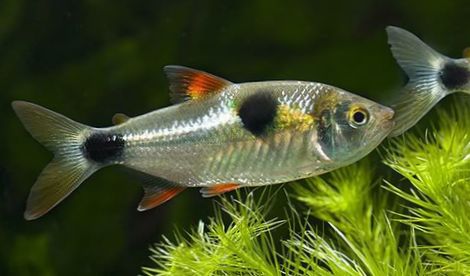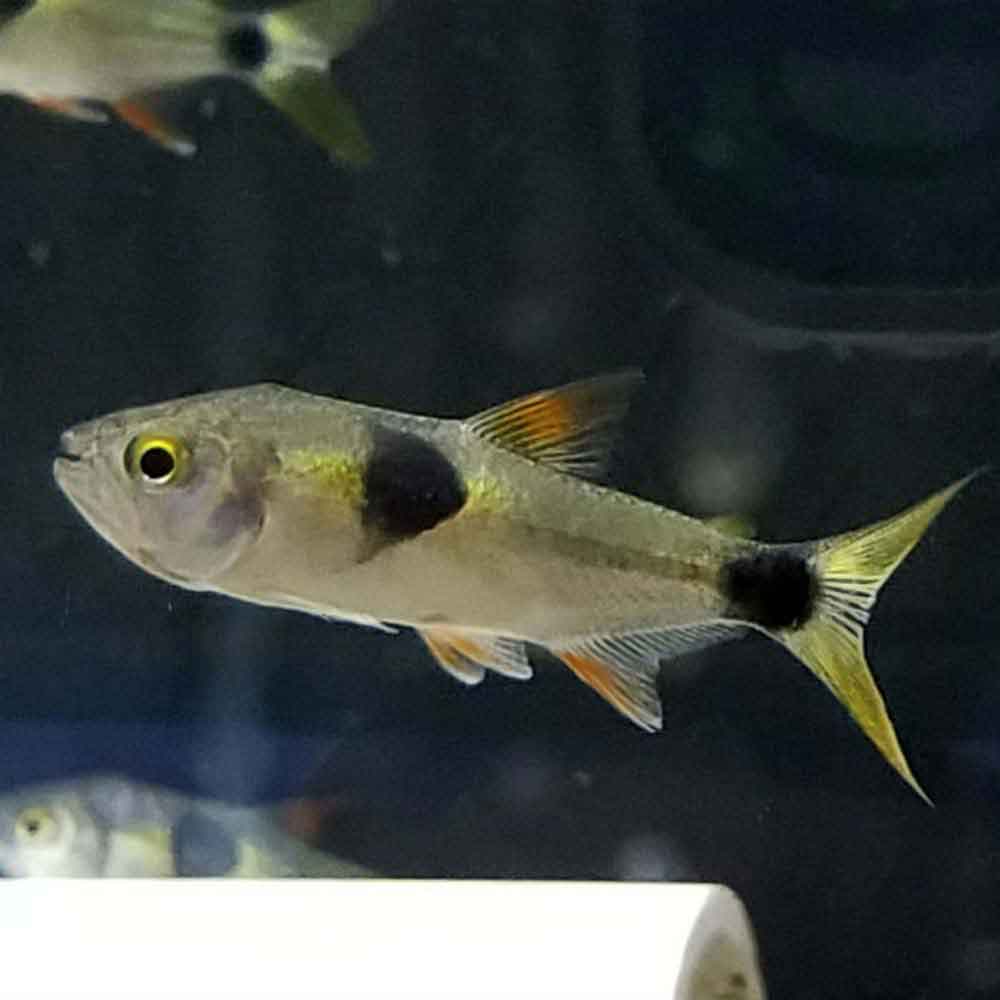

Back in 1932 is when they became popular in the aquarium trade. They have developed their hectic and predatory lifestyle in those rivers. It is good to know in case you can’t find them as Bucktooth Tetras since people who deal with fish know this in every language. The scientific name for this species is Exodus Paradoxus. Both of these can be found in South America. Out in the wild, the Bucktooth Tetra lives in the river basins of the Amazon and Tocantins. Without further ado, let’s see what else you need to know about this species! Bucktooth Tetra Natural Habitat It usually doesn’t matter if the other fish is bigger, smaller or of equal size. They can cause a lot of stress if kept around other fish species to the point of making them ill. Therefore, it is recommended to keep only Bucktooth Tetras in your aquarium, otherwise things can become rather chaotic. But this still doesn’t prevent them from damaging the scales of other species. Although their name suggests otherwise, they don’t even have teeth. Sometimes, they can be even more aggressive than Piranhas. Now to make things clear right at the beginning, this is a quite tricky fish to keep. Besides that, it has a typical oval body shape sized around 3 inches. One of the black spots is below the dorsal fin while the other one is always next to the tail. What makes the Bucktooth Tetra (Exodon Paradoxus) special is that its body is covered by two black and some red patches over its green, yellow and silver scales. Getting to know your next fish is an essential first step toward proper care.

If you are one of them, make sure to read our informative guide about this species.
Bucktooth tetra full#
A tank full of these makes for a very colourful and active display.Many fish keepers out there look forward to add a Bucktooth Tetra to their fish collection. It’s an ideal choice for those wishing to keep a large shoal of a predatory species without possessing the massive amount of tank space needed for a shoal of piranha or similar. These allow it to rip the scales from other species. The genus Exodon is currently monotypic, with this single species having uniquely designed teeth. Cannibalism will probably be rife, so keep a close eye on the young as they grow and have several tanks ready to move differently sized fish into. It’s likely that small livefoods such as newly hatched brineshrimp will be accepted. There is little information available regarding raising of the fry. Remove the adults as soon as eggs are noticed, as they will eat their spawn given the opportunity. Apparently spawning can sometimes be initiated by performing a large (50%+) water change with slightly warmer water than that in the tank. Once the fish are in good condition, select a pair and transfer them to the spawning tank. Meanwhile, condition the adults in a shoal in a separate tank, as described above. Water should be soft and slightly acidic ( pH 6.0-6.5, gH 1-5). This should be big enough so that fish eggs can fall through it, but small enough to prevent the adult fish from reaching them. Alternatively, cover the base of the tank with some kind of mesh. This can be empty save for some clumps of fine-leaved plants to catch the eggs. Something around 24″ x 12″ x 12″ in size should be sufficient. The best way to approach a breeding project is to set up a separate tank in which to spawn the fish. Mature males are slimmer than females, and tend to have slightly elongated dorsal and anal fin rays. Buy the entire group at the same time as new additions are usually attacked. Feeding time in particular is quite a sight.

The interaction of a big group is fascinating to watch, as they squabble amongst themselves constantly. In large shoals, no individual can be targeted and it is usually only sick or unhealthy specimens that are killed, although occasional losses should still be expected. If kept in smaller groups, they tend to pick one another off until only a single fish remains.

In a tank like the one described above a group of 25-50 would not be an unreasonable number. A minimum of a dozen is usually recommended, but buy as many as the tank can house. Make sure you buy a sufficiently large group of these. It’s best to add the Exodon last as they may see any new additions as food, and as with most predatory species they tend to bite first and ask questions later. The situation will always be somewhat unpredictable though. Success has been had keeping Exodon alongside various loaches, Loricariids and some larger characins such as Anostomus. Scaleless and non-reflective fish are generally left alone. Even larger, predatory species are not safe. It will relentlessly attack any silver-coloured or shiny tankmates, stripping them of scales and fins very quickly. This is not a community fish, and is best kept in a species setup. To find other high quality, highly recommended foods click here.


 0 kommentar(er)
0 kommentar(er)
